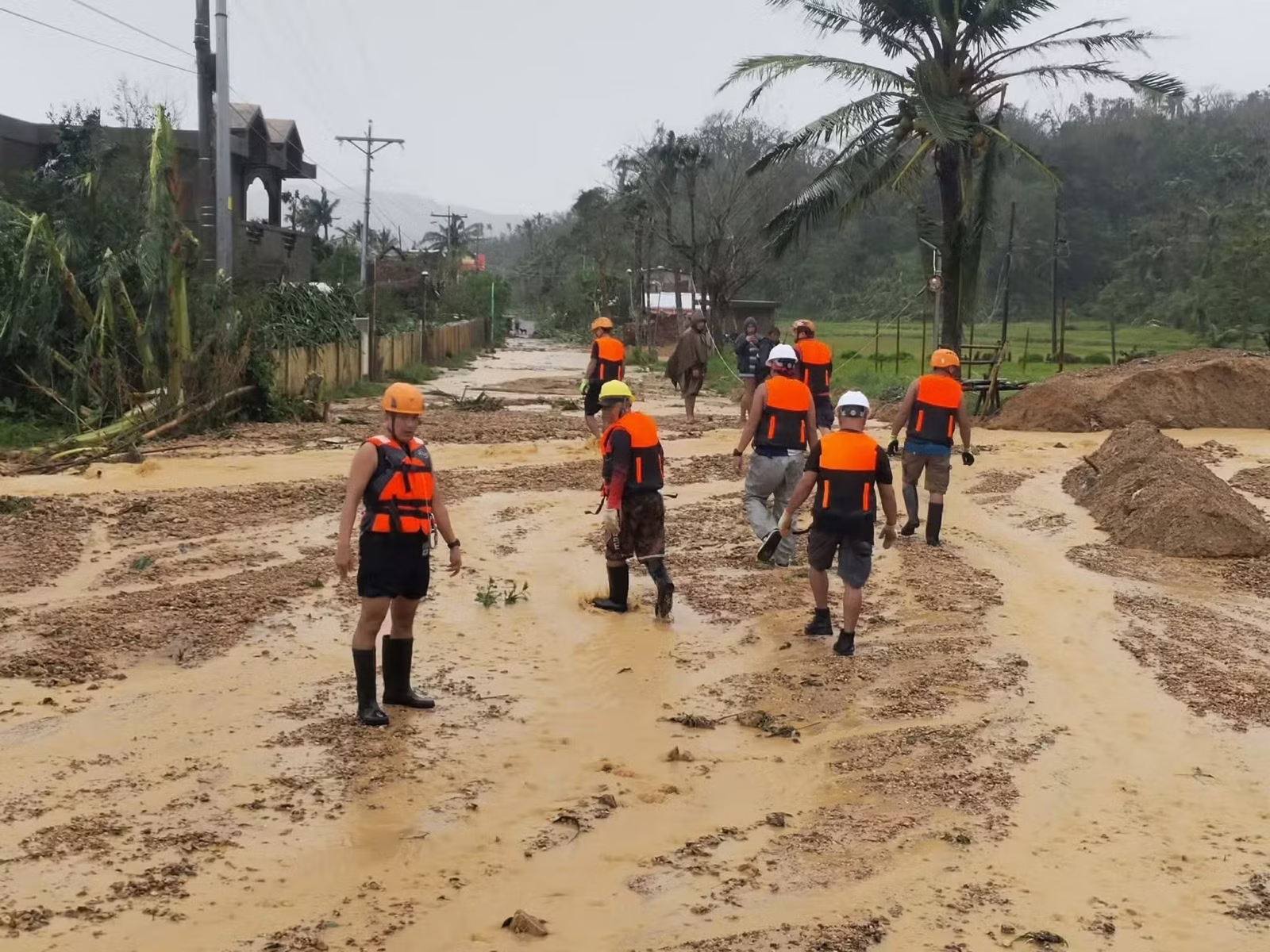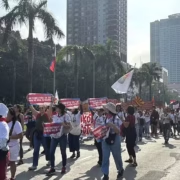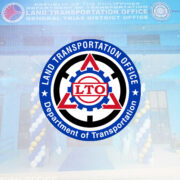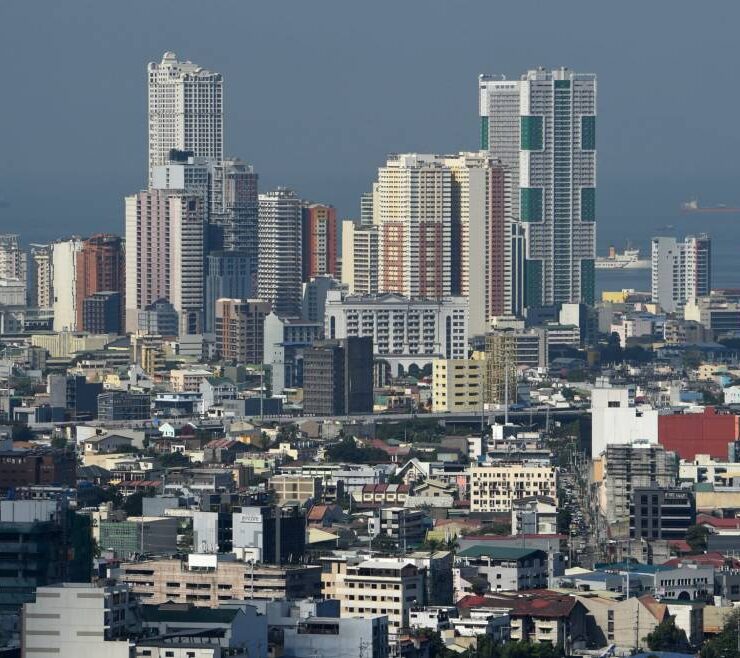OECD: Private sector, community-based approach pivotal to disaster risk management

The Philippines needs to bolster its public-private partnerships and shift to a community-based approach in improving its disaster early warning systems, the Organization for Economic Co-operation and Development (OECD) said.
In a report on Monday, OECD said that while the country has made progress in setting up its early warning systems, challenges remain in translating technology and policies into effective, community-level action.
The report comes as Typhoon “Tino” and Supertyphoon “Uwan” battered the country within a week, leaving hundreds dead.
“The Philippines’ experience reinforces the idea that technology alone is insufficient for an effective and inclusive early warning system, and would require governance, coordination, and human systems in parallel to support anticipatory action, thus, to become a people-centred approach,” OECD wrote.
As of Nov. 8, the Office of Civil Defense reported that Typhoon Tino left at least 204 people dead, 109 missing, and 156 injured across the Visayas and parts of Mindanao.
Meanwhile, Supertyphoon Uwan has so far left two dead and two injured as of Monday morning, according to the National Disaster Risk Reduction and Management Council (NDRRMC).
So far, the country operates a multihazard early warning system involving the NDRRMC and the Department of Science and Technology, through the Philippine Atmospheric, Geophysical and Astronomical Services Administration, and Philippine Institute of Volcanology and Seismology.
The Department of Information and Communications Technology (DICT) manages alert dissemination via short messaging services, cell broadcasts, and online platforms. Local government units (LGUs) serve as the final relay, ensuring compliance and delivering warnings down to the barangay level.
Still, the OECD said the practical delivery of early warning systems is hampered by telecommunications disruptions, data and platform fragmentation, and capacity disparities at the local level.
With this, OECD said private sectors—including the Philippine Disaster Resilience Foundation (PDRF) and telecom companies like Globe and Smart—are pivotal in disaster risk management, helping expand the system’s reach while also supporting technical innovation and financing.
“The private sector offers powerful tools and infrastructure for mass communication, including SMS broadcasts, mobile apps, AI-driven warning systems, and social media platforms,” OECD said.
“Formalising these roles within national frameworks enables real-time dissemination of alerts and helps bridge the ‘last mile’ in communication, particularly in remote or underserved areas. “
Only seven regions in the country are currently implementing the system, including Metro Manila, Central Luzon, Calabarzon, Central Visayas, Zamboanga Peninsula, Northern Mindanao, and the Davao region.
The OECD also found that despite a law requiring 5 percent of local revenues to go to disaster risk reduction and management (DRRM), much of the funding still goes to response and recovery.
Many LGUs are also lagging, with only 34 percent having fully operational DRRM plans, leaving more communities vulnerable.
“No early warning system is truly effective unless it reaches and resonates at the local level,” the report said.
“Establishing subnational disaster management offices with clearly defined mandates, dedicated funding, and trained personnel ensures that alerts translate into rapid, context-specific responses.”





















